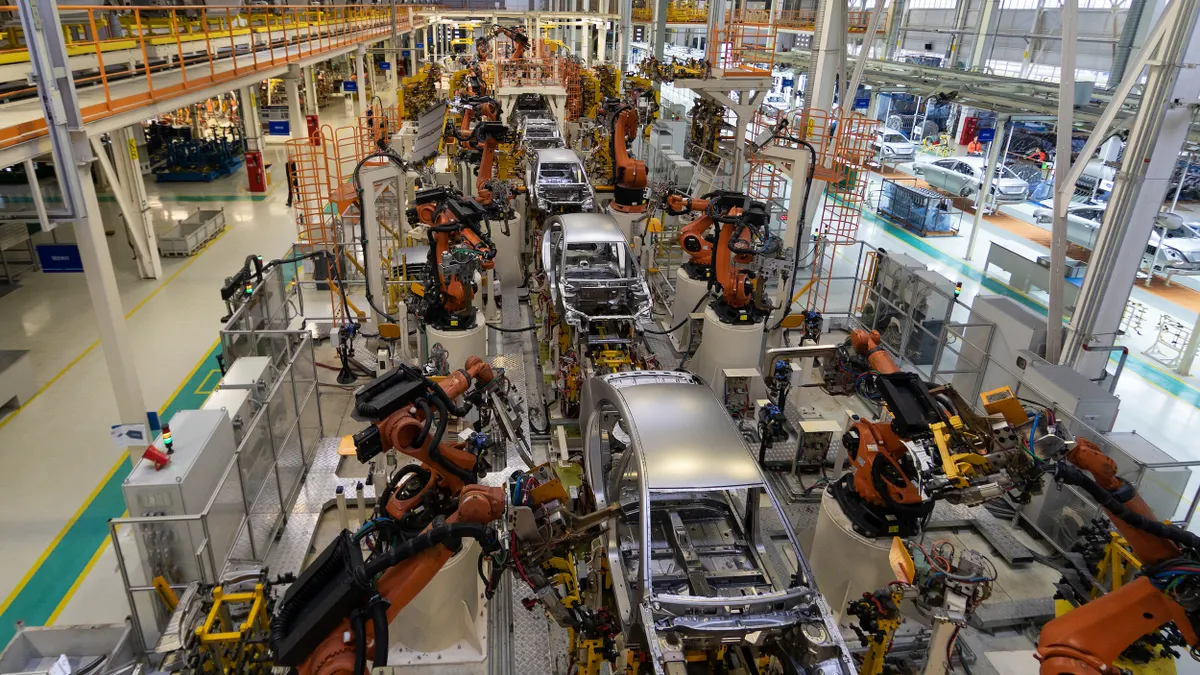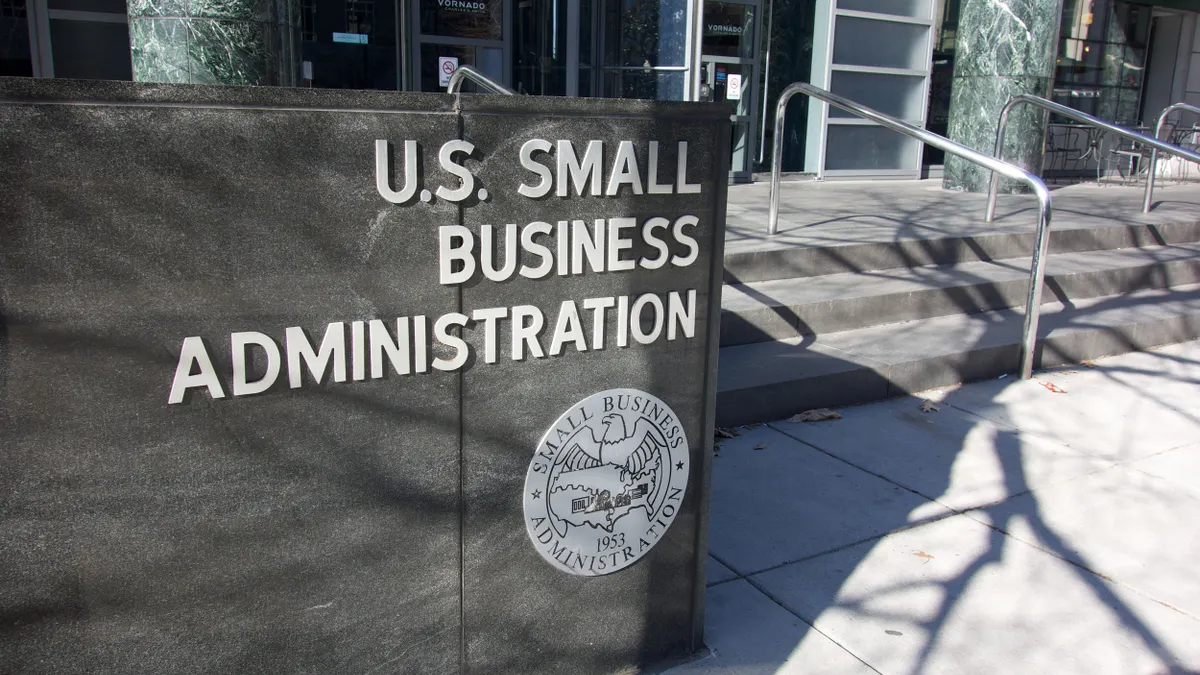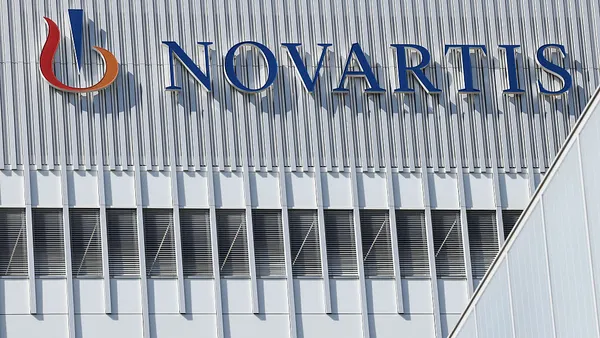The manufacturing sector lost 11,000 jobs in July, the U.S. Bureau of Labor Statistics said in an Aug. 1 news release.
That’s an estimated 27% improvement month-over-month, compared to 15,000 job losses in June, according to the BLS report. Still, job losses skyrocketed by 1,200% year over year: About 1,000 jobs were added in July 2024, compared with this year’s loss of 11,000.
Some of the manufacturing sectors hit the hardest were food, beverage, tobacco, leather, textiles and semiconductors, along with machinery, printing and related support activities.
“The slight downturn in manufacturing jobs in July is hardly surprising,” Scott Paul, president of the Alliance for American Manufacturing, said in an Aug. 1 statement. “It’s another ‘treading water’ number, which has been the case more often than not for the past few years.”
The jobs report data showed only 73,000 jobs were added last month, a 17% YoY drop to last July’s 88,000. The report led to President Donald Trump firing BLS Commissioner Erika McEntarfer, accusing her of manipulating the numbers, according to an Aug. 1 Truth Social post.
Earlier this week, Trump announced that he nominated E. J. Antoni to succeed McEntarfer. Antoni is currently the chief economist for the right-wing think tank, The Heritage Foundation. While he still needs to be confirmed by the U.S. Senate, labor experts worry about his prior suggestion to suspend monthly job reports, according to The New York Times.
Job additions and losses since in 2025
The manufacturing sector added 9,000 jobs combined in February and March, according to the BLS report. After March, the job cuts gradually increased. This is due to reduced manufacturing activity, Victoria Bloom, chief economist at the National Association of Manufacturers, said at Supply Chain Dive’s July 23 event, “Supply Chain Outlook: Trends and Risks to Watch in 2025.”
“All of this is happening under the backdrop of heightened trade uncertainty,” Bloom said.
Additionally, manufacturing is still seeing fewer turnovers than the broader economy, as the separations rate is “relatively low,” Bloom said in an emailed statement. Layoffs and discharges remained low as well, she added.
June separations, which include quits, layoffs and discharges, reached 305,000, a BLS report released on July 29. Compared to the U.S. as a whole, which approximately 5.1 million separations occurred in June.
“That means most firms are holding onto the talent they have, providing some optimism that the weakness we’ve seen in manufacturing isn’t too severe,” Bloom said. “But the hires rate has fallen in recent months, indicating employment is falling due to attrition – manufacturers aren’t backfilling the jobs of those who are leaving.
Tariffs remain an ongoing concern as contraction in the manufacturing industry accelerated in July. The industry registered 48% on the Institute for Supply Management’s July Purchasing Managers’ Index, down one percentage point from June. A PMI below 50% indicates an industry in contraction.
Manufacturing sectors that were hit the hardest in July 2025
The employment index registered at 43.4%, down 1.6 percentage points from June’s 45% as companies remained cautious in hiring despite an increase in production, according to the ISM report.
On the flip side, there were over 12.7 million manufacturing employees last month, marking the sector’s return to near pre-pandemic levels, according to the National Association of Manufacturers. Still, job openings dropped about 2.4% to 415,000 in June, compared to May’s 425,000, according to the July 29 BLS report.
“That’s a sharp drop from the half-million mark we saw as the average through most of 2024,” Bloom said. “If activity continues to slow, many manufacturers will continue to hold off on hiring or choose not to refill open roles.”
Still, it’s unclear whether the manufacturing sector will recover for the remainder of 2025. While major companies such as Apple, Texas Instruments, GlobalFoundries, Taiwan Semiconductor Manufacturing Co., Mars and AstraZeneca have committed multibillion-dollar investments in the past year to expand their manufacturing in the United States, it may take a while before the sector can see the results.
Additionally, some of the tariff rates set by the U.S. and other countries have kicked in, such as the 35% duties on Canadian imports not covered by the U.S.-Mexico-Canada agreement. Other tariffs have been given an extended temporary pause, such as those on goods from Mexico and China.
President Donald Trump also promised to impose duties on specific sectors, such as 250% on pharmaceuticals and 100% on semiconductors.
“My hope is that now that tax and trade policy are largely settled, we’ll begin to see an uptick [in hiring], but there is still much work to do,” Paul said in a statement. “A bad deal with China could have dire consequences, and getting a new and improved USMCA into place is essential. Those reciprocal trade agreements and Section 232 actions will need strong implementation and enforcement.”























